Labour, Coercion, and Economic Growth in Eurasia, 17th-20th Centuries
Notes on Contributors Introduction: Labour, Coercion, and Economic Growth in Eurasia, Seventeenth to Early Twentieth centuries, Alessandro Stanziani PART ONE: JURIDICAL MODELS AND LABOUR DYNAMICS The Duty to Work: A Comparison of the Common Law and Civil Law Systems from the Eighteenth to the Twentieth Centuries, Simon Deakin Dutch Imperial Anxieties About Free Labour, Penal Sanctions and the Right to Strike, Ulbe Bosma Children and Forced Labour in the Indian Ocean World, Circa 1750-1900, Gwyn Campbell PART TWO: DEPENDANCE AND SERVITUDE AT WORK. LOCAL CUSTOMS AND GLOBAL DYNAMICS Factors that Shaped the Organization of Labor and the Labor Market in Tokugawa Japan: Kyoto and Central Japan, Mary Louise Nagata Contractual Relations, Tariffs and Customs in the Lyon Silk Industry in the Nineteenth Century, Pierre Vernus The Circulation of Commercial Manpower in an Indian Worldwide Trading Network in the Early Twentieth Century, Claude Markovits PART THREE: DANGEROUS TIES: STATE, LANDLORDS AND LONGUE DUREE SERVITUDES Constrained Labour in Early-Modern Rural East-Central and Eastern Europe: Regional Variation and its Causes, Markus Cerman Rights and Bondage in Russian Serfdom, Alessandro Stanziani Acting as Master and Bondservant Considerations on Status Identities and the Nature of "Bond-servitude" in Late Ming China, Claude Chevaleyre Public Works and the Question of Unfree Labour, Chitra Joshi References Index
{{comment.content}}
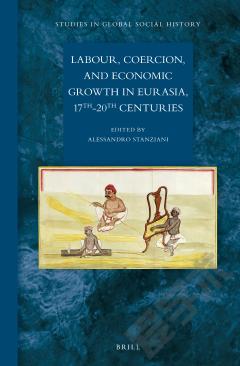

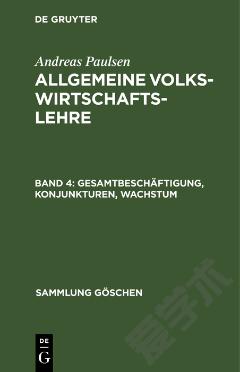
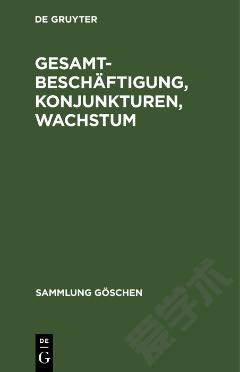
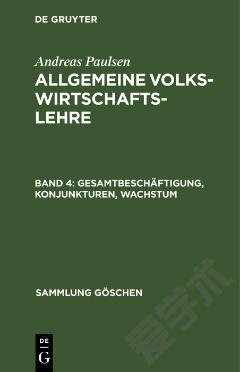
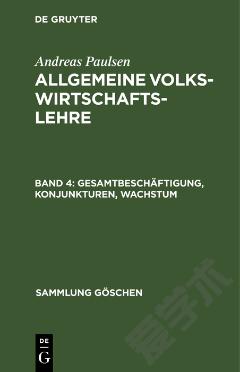
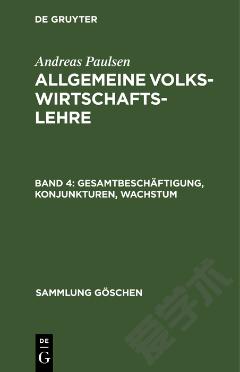

 京公网安备 11010802027623号
京公网安备 11010802027623号